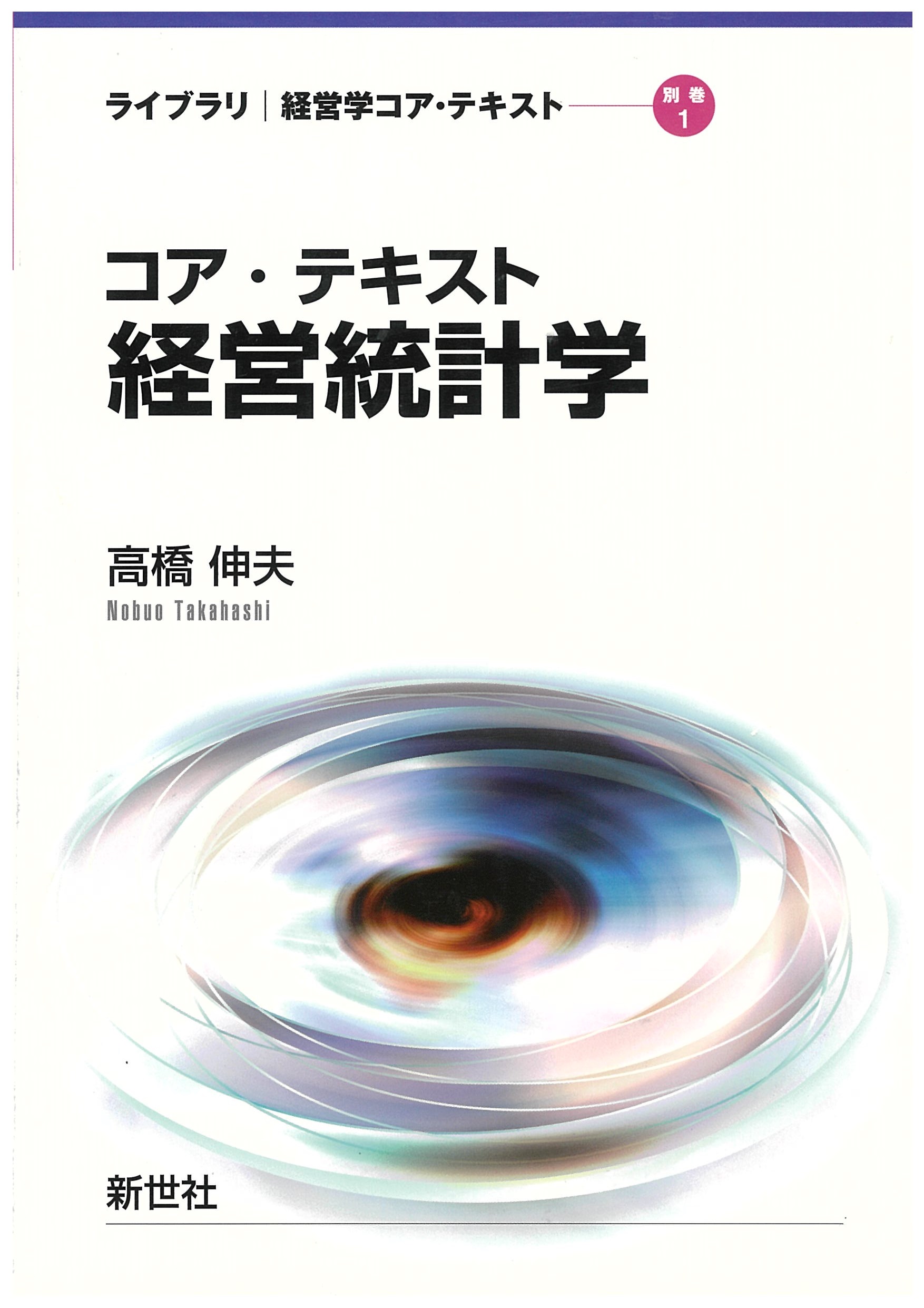
Title
Keieigaku de kangaeru (Managementthink)
Size
342 pages, A5 format, hardcover
Language
Japanese
Released
September 10, 2015
ISBN
978-4-641-16461-1
Published by
Yuhikaku Publishing Co., Ltd.
Book Info
See Book Availability at Library
Japanese Page
This book attempts to give an overview explaining how one’s world expands when thinking in terms of business administration and how balanced one’s thinking becomes when seeing things from a bird’s-eye view. For example, Chapter 1 uses the example of “blue LED patent lawsuit” that would initially appear to be completely unrelated to business administration but reveals itself through business administration in a way that is not visible from a legal point of view.
In and after Chapter 2, the book would consider “reasons” for various phenomena using management theories. The book summarizes commonly accepted theories and then provides an overview of management thinking that extends beyond the commonly accepted theories. For example, Chapter 2 discusses about the companies that have succeeded in doing business and what was necessary for them to do so, providing commonly accepted theories for the success and corresponding criticism, as well as management thinking.
The Ford Model T, a successful model of business administration, is discussed in Chapter 3, which introduces the commonly accepted theories of how, from 1909 to 1923, Ford reduced the cost of Model T along 85% experience curve. Further, from the perspective of management theories, the book explains the reasons for “being driven to their ruin by inches” using the concept of Weber’s “shell” as to what caused Ford’s luck to later run out.
In Chapter 4, the book considers decision-making using management and organizational theories, strongly influenced by economics, game theory, and statistical decision theory. First, the chapter gives an overview of the commonly accepted theories of how decision-making is an important concept and unit of analysis in management theory, especially organizational theory. Second, the chapter goes beyond the frameworks of economics and game theory to summarize the reasons of making decisions as truly interesting organizational phenomena.
In Chapter 5, the book examines reasons why humans cooperate. In the past, it was believed that humans in their natural state could start war with one another. However, in actuality, even enemies can cooperate with each other under the favorable conditions. The future coefficient is of particular importance in such conditions. If that future coefficient is high, cooperation will occur within and across organizations, even among those in opposition to each other. The chapter explains how this is handled in the world of business, including lifetime commitments of Japanese firms.
In Chapter 6, the book discusses why people work. People have various reasons for working, and they ask themselves their purpose of working. What makes work worth doing and what is the meaning of work? This chapter provides and examines a business administration hypothesis and explains the results of that examination in its conclusion. Chapter 7 extends that discussion a step further and states that the key to understanding the behavior and organization of Japanese firms lies in the idea “new work in reward for work,” which is termed as the Work-Work Theory. How do systems constructed with this line of thinking operate? The understanding needed for designing organizations and systems begins with asking ourselves that question.
(Written by Nobuo Takahashi, Professor, Graduate School of Economics / 2017)



 Find a book
Find a book


 eBook
eBook


